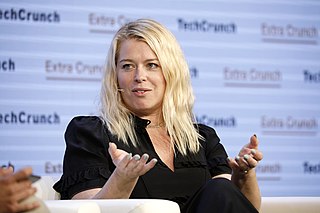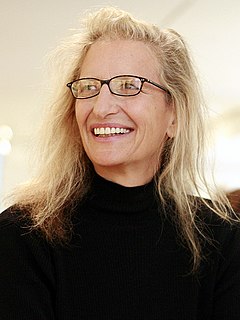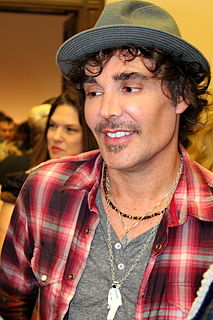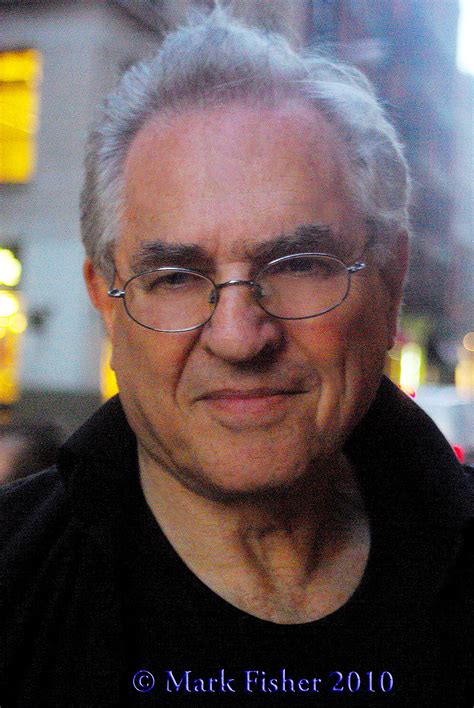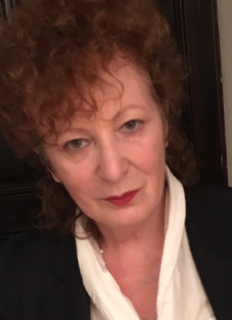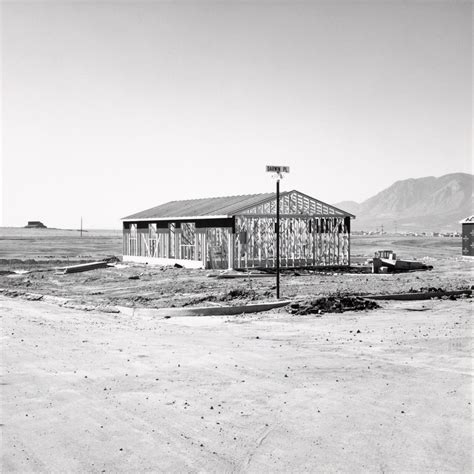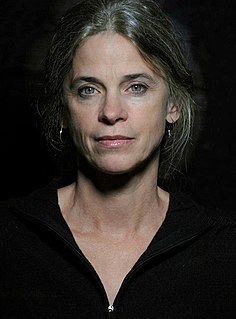Top 71 Quotes & Sayings by Edward Weston
Explore popular quotes and sayings by an American photographer Edward Weston.
Last updated on April 20, 2025.
Now one does not think during creative work: any more than one thinks when driving a car. One has a background of years — learning — unlearning— success — failure — dreaming — thinking — experience — back it goes — farther back than one's ancestors: all this, — then the moment of creation, the focussing of all into the moment. So I can make — "without thought" — fifteen carefully-considered negatives one every fifteen minutes, — given material with as many possibilities.
I have been photographing our toilet, that glossy enameled receptacle of extraordinary beauty. Here was every sensuous curve of the human figure divine but minus the imperfections. Never did the Greeks reach a more significant consummation to their culture, and it somehow reminded me, in the glory of its chaste convulsions and in its swelling, sweeping, forward movement of finely progressing contours, of the Victory of Samothrace.
In common with other artists the photographer wants his finished print to convey to others his own response to his subject. In the fulfillment of this aim, his greatest asset is the directness of the process he employs. But this advantage can only be retained if he simplifies his equipment and technic to the minimum necessary, and keeps his approach from from all formula, art-dogma, rules and taboos. Only then can he be free to put his photographic sight to use in discovering and revealing the nature of the world he lives in.
Very often people looking at my pictures say, 'You must have had to wait a long time to get that cloud just right (or that shadow, or the light).' As a matter of fact, I almost never wait, that is, unless I can see that the thing will be right in a few minutes. But if I must wait an hour for the shadow to move, or the light to change, or the cow to graze in the other direction, then I put up my camera and go on, knowing that I am likely to find three subjects just as good in the same hour.
The creative force in man recognizes and records these rhythms with the medium most suitable to him, the object, or the moment, feeling the cause, the life within the outer form. Recording unfelt facts, acquired by rule, results in sterile inventory. To see the Thing Itself is essential: the quintessence revealed direct without the fog of impressionism - the casual noting of the superficial phase, a transitory mood.
The photographer's most important and likewise most difficult task is not learning to manage his camera, or to develop, or to print. It is learning to see photographically — that is, learning to see his subject matter in terms of the capacities of his tools and processes, so that he can instantaneously translate the elements and values in a scene before him into the photograph he wants to make.
The fact is that relatively few photographers ever master their medium. Instead they allow the medium to master them and go on an endless squirrel cage chase from new lens to new paper to new developer to new gadget, never staying with one piece of equipment long enough to learn its full capacities, becoming lost in a maze of technical information that is of little or no use since they don't know what to do with it.
The prejudice many photographers have against colour photography comes from not thinking of colour as form. You can say things with colour that can't be said in black and white... Those who say that colour will eventually replace black and white are talking nonsense. The two do not compete with each other. They are different means to different ends.

